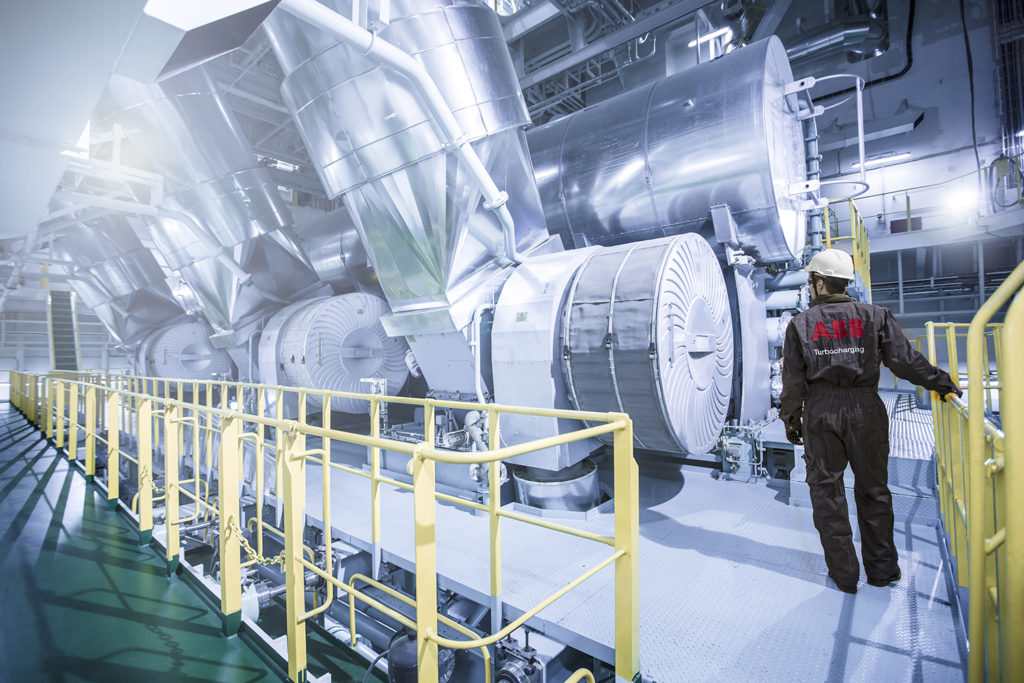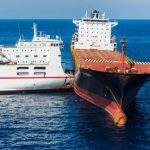Turbocharger is one of the most important parts of the main propulsion system of the ship. Turbocharger surging is a phenomenon, which affects the performance of the turbocharger and reduces its efficiency. In this article, we will learn everything about turbocharger surging.
Turbocharger surging may be defined as a high pitch vibration of audible level coming from the blower end or compressor end of the turbocharger. It is frequently experienced in low-speed diesel engines, and a sea-going marine engineer must have heard this howling sound generated from the engine at least once in his/her sea career.
Whenever the breakdown of gas flow takes place in the turbocharger, a reversal of scavenging air occurs through diffuser and impeller blades into the blower side which causes surging. In simple words, a big mass of oscillating airflow can cause vibration of the turbo compressor impeller and its vanes, which make the compressor unable to operate normally, producing a high pitch noise as a reaction, which is known as compressor surge.

Other terminologies such as turbo surge or engine surge may also be used to describe this phenomenon, but the directly involved component in surging is the compressor of the turbocharger or the turbo-compressor. The turbine side or exhaust gas side of the turbocharger does not play a direct role in the surging process. It may undoubtedly affect the performance of the complete turbocharger, which may lead to the turbocharger surging.
If the surging happens during normal engine operation and the frequency of engine surge is high, it may lead to damage to the bearing and in some cases, results in mechanical failure of the compressor rotor. Hence, the turbocharger surging is a result of various engine parts not performing in sync. A worn out engine cylinder or fuel system may lead to problems in the engine and the turbocharger. This will result in less air flow to the compressor against the higher back pressure, making the compressor surge.
Therefore, turbochargers must be matched properly with the engine air consumption rate and pressure across the operating range of the engine and should not fall into the surge limits.


